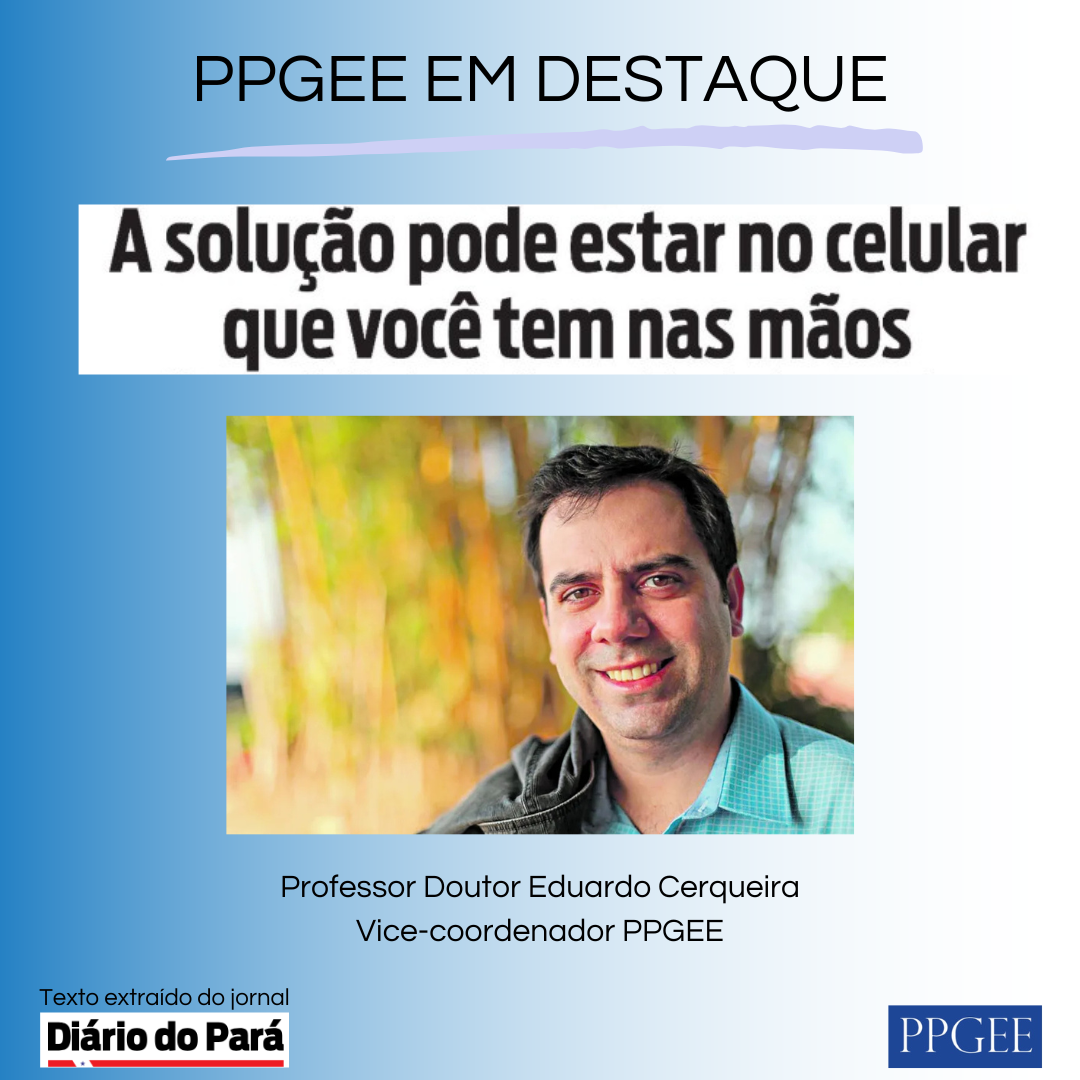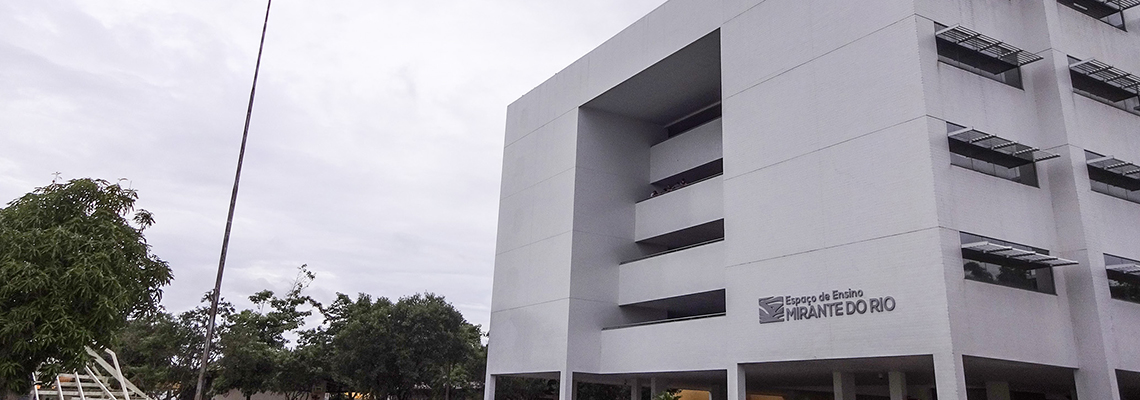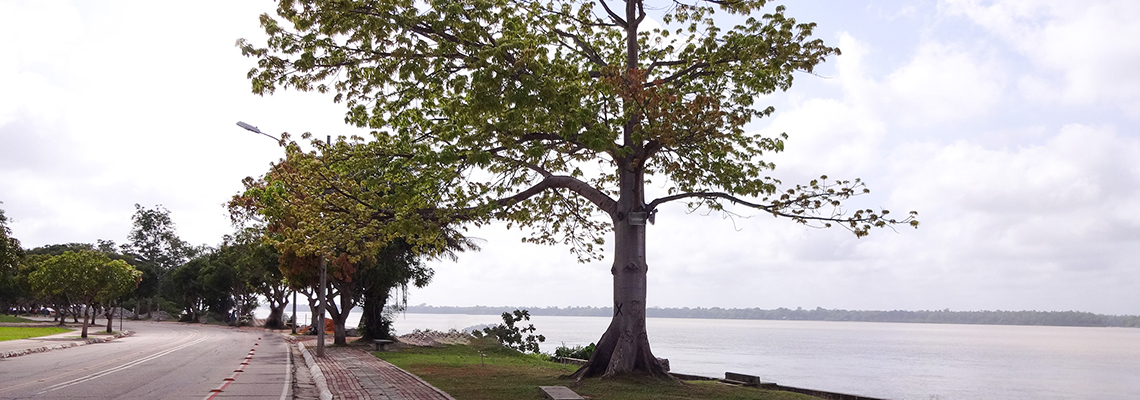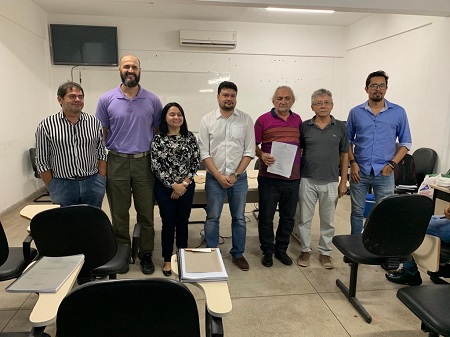
PPGEE em destaque - Prof. Dr. Eduardo Cerqueira - Vice-coordenador do PPGEE em entrevista ao Diário do Pará
A solução pode estar no celular que você tem nas mãos
A “internet das coisas” são todos os dispositivos conectados à grande rede e que, com a coleta e processamento de dados, pode contribuir para garantir um futuro mais sustentável para a humanidade
A cada ano, milhões de novos dispositivos são conectados à internet e, mais do que garantir uma conexão com a rede mundial de computadores, tais objetos estão coletando e processando dados que podem ser úteis a diversos campos, incluindo o da sustentabilidade. Diante de um cenário em que a tendência do surgimento de dispositivos conectados é irreversível, a chamada Internet das Coisas (IoT) tem muito a contribuir com práticas que possibilitem uma melhor utilização dos recursos, com menor impacto.
O professor da Faculdade de Engenharia da Computação e Telecomunicações do Instituto de Tecnologia da Universidade Federal do Pará (UFPA) que possui estudos voltados para a área de Inteligência Artificial (IA) e Internet das Coisas (IoT), Eduardo Cerqueira, explica que a internet das coisas são todos os objetos ou dispositivos que estão conectados à internet e que, de alguma forma, estão coletando dados e ou coletando, processando e agindo como atuadores.












